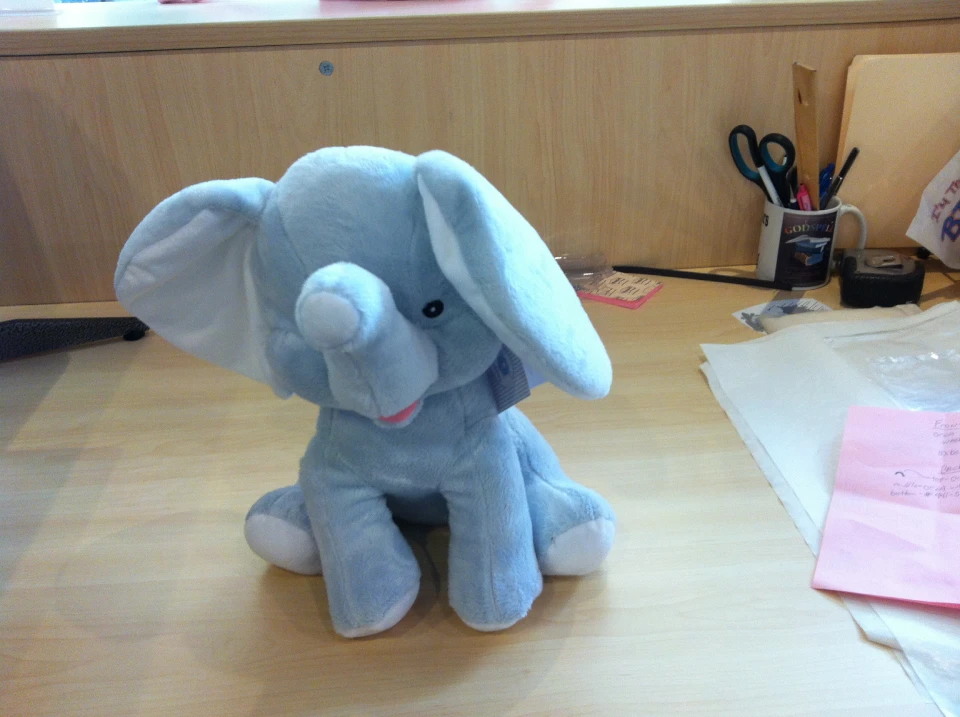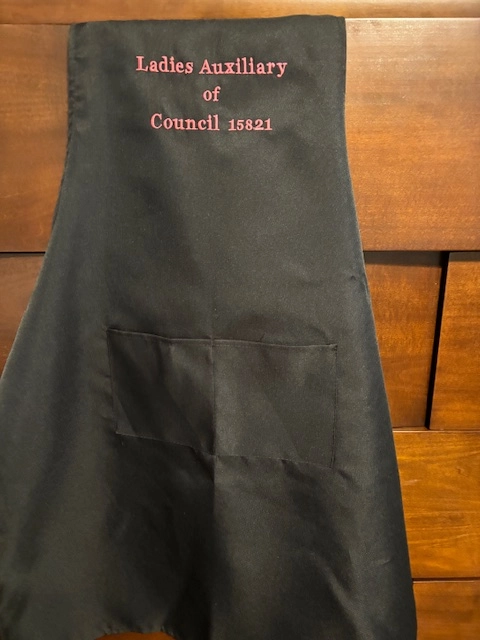The Art of Personalized Embroidery: Unlocking the Secrets to Creating Unique and Memorable Designs
The tricks to creating personalized needlework designs that astound the eye and leave an enduring impression lie in a fragile balance of technique, creative thinking, and interest to information. As we dig into the globe of custom-made embroidery, we uncover the nuanced interplay in between string selection, sew complexity, and layout personalization that boosts a mere garment to a job of art.
Choosing the Right Needlework Threads
When choosing needlework threads, what essential aspects should you take into consideration to guarantee the very best outcomes for your personalized designs? The choice of needlework thread is important in figuring out the final result of your embroidered design. Among the key factors to consider is the material of the thread. Different materials such as cotton, polyester, rayon, and silk offer differing degrees of shine, toughness, and structure. It is vital to choose a thread material that matches the material you are stitching on and lines up with the preferred appearance of the style.
Thicker threads can include dimension and appearance to your design, while finer strings are optimal for intricate information and small message. Additionally, taking into consideration the shade fastness and washability of the thread is critical to make certain that your customized designs keep their high quality and vibrancy over time.
Discovering Different Stitch Strategies
To dig right into the realm of 'Discovering Different Stitch Methods', one must understand the complexities and nuances that each sewing approach gives the art of needlework. Different stitch techniques not just include visual rate of interest yet also contribute to the total texture and dimension of the layout. One popular stitch method is the satin stitch, which entails closely stuffed parallel stitches to produce a smooth and glossy surface, perfect for completing forms and creating vibrant details.
On the other hand, the backstitch is a versatile technique usually used for describing and including great information. It includes sewing backward to produce a solid line of needlework. Additionally, the French knot stitch includes a responsive component to designs, perfect for creating textured accents like flower centers or ornamental touches.
Checking out various stitch methods permits embroiderers to play with light, shadow, and depth within their styles, raising the visual charm and creative high quality of their needlework jobs. By grasping various stitching techniques, one can open countless opportunities for developing one-of-a-kind and remarkable custom-made needlework pieces.
Incorporating Personalized Design Elements
Having discovered the ins and outs of different stitch strategies such as the satin stitch, backstitch, and French knot, the focus currently shifts in the direction of integrating personalized style elements in personalized embroidery tasks. Customized layout aspects play a crucial function in making needlework projects absolutely distinct and remarkable.
One more means to incorporate individualized design aspects is by consisting of symbols or concepts that hold special significance to the recipient or mirror their why not try here rate of interests and individuality. For instance, including a preferred flower, animal, or hobby-related icon can make the embroidery style extra meaningful and individualized. Additionally, selecting shades that reverberate with the recipient or straighten with the intended style can additionally boost the customization of the embroidery project.
Grasping the Art of Shade Control

One secret aspect of shade sychronisation is recognizing color go to this site theory. This consists of recognizing how various shades interact with each other, the feelings they share, and how they can be combined to produce aesthetically attractive designs. By using shade concept principles, embroiderers can develop unified shade schemes that enhance the general look of the design.
In addition, focusing on contrast is critical in shade coordination. Utilizing contrasting colors can assist specific components of the design pop, improve clarity, and produce an aesthetically vibrant needlework item. By understanding the art of shade control, embroiderers can boost their layouts and develop remarkable items that reverberate with customers and visitors alike.
Enhancing Structure With Advanced Embroidery Stitches

Bullion knots, on the other hand, can be made use of to produce twisted, ropelike aspects that add an elegant feel to the needlework. Exploring with these advanced needlework stitches enables you to push the borders of conventional embroidery and create absolutely special and visually enticing structures in your designs.
Conclusion
To conclude, the art of custom-made embroidery entails a combination of picking the ideal threads, checking out various stitch strategies, integrating personalized style elements, grasping color sychronisation, and enhancing appearance with advanced stitches. By recognizing and executing these vital elements, embroiderers can develop unique and unforgettable designs that showcase their creativity and ability. Needlework enthusiasts can open the keys to producing beautiful and bespoke items that stand out and leave an enduring impact.